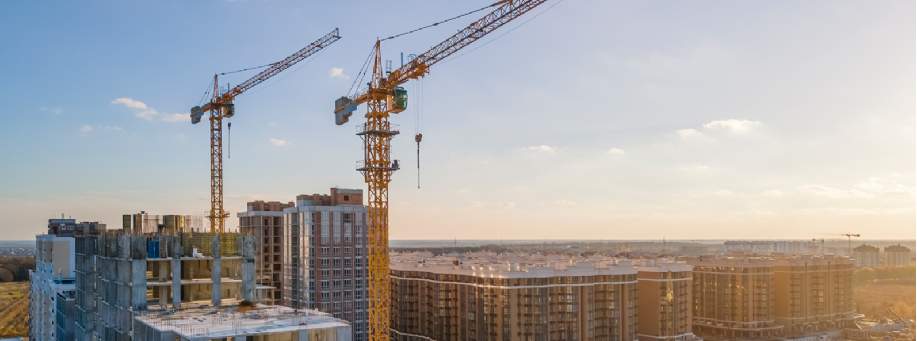Consultation has begun on proposals to reform the current system of how development contributions are paid in England. The new Infrastructure Levy (IL) proposed under the Levelling Up and Regeneration Bill will be the biggest overhaul in development tax since the introduction of the Community Infrastructure Levy (CIL) under the 2008 Planning Act.
Consultation on the reformed system has now opened and will run until 9th June. The consultation documents can be found here.
Unlike the current system where often a blanket use class CIL rate is applied across an entire Charging Authority (CA), the IL will be charged on the value of a property at completion. The idea is that this will allow developers to better price the value of the levy into land value and will result in the obligations better reflecting market conditions. By virtue of the levy being applied late in the development process, inflated construction costs will be reflected in developer obligations too. As the final liability will not be known until a late stage this may result in uncertainty and have cash flow implications for both developers and infrastructure providers.
It is the intention that the new mandatory and non-negotiable system will avoid lengthy S106 negotiations and remove the need for viability reviews if the Gross Development Value of a scheme is less than expected. Sites which have significant amounts of existing floorspace and currently do not fall within the scope of some developer contributions, such as permitted development schemes, will have the uplift in value captured and will be liable for IL. Will this be a successful attempt to enable CAs to benefit from uplifts in land value or will the proposals simply pass an additional cost onto buyers?
With around 50 per cent of CAs not having an adopted CIL schedule the proposals may introduce the development tax into many parts of the country which currently do not have a levy in place. Whilst there will be a minimum threshold below which IL will not be charged, the rate at which this will be set has not been published.
The Bill introduces the requirement for CAs to prepare Infrastructure Delivery Strategies which will require details on strategic plans for infrastructure and affordable housing delivery. As part of this a new ‘Right to Require’ is proposed which will enable CAs to set out what proportion of the levy they want delivered as affordable housing. This would in effect make affordable housing contributions mandatory in contrast to the current position which allows affordable housing provision to be assessed ‘subject to viability’.
In response to Michael Gove’s pledge to ensure communities ‘take back control’, a portion of the levy will be passed directly to communities as a ‘neighbourhood share’ to fund infrastructure priorities. CAs will be required to engage with communities and pledge infrastructure commitments within the Infrastructure Delivery Strategy.
For complex sites it is acknowledged that S106 Agreements will remain albeit reincarnated as Delivery Agreements. Ensuring that Delivery Agreements are only required in limited circumstances is considered to be key to the success of the IL.

.jpg)

.jpg)
.jpg)
(1).jpg)
.jpg)
.jpg)
.jpg)

.jpg)